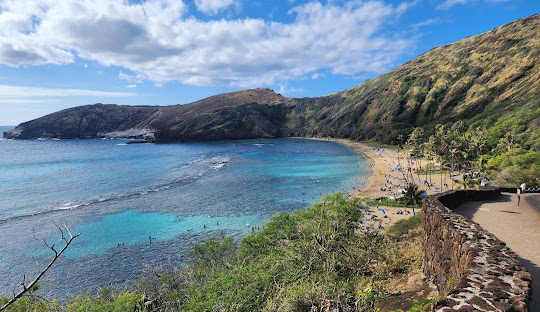
Honolulu’s Rich History: From Polynesian Settlements to a Thriving Pacific Hub
Posted by on
Honolulu’s origins trace back to the 11th century, with oral histories and archaeological artifacts indicating early Polynesian settlements in the area. These first settlers established communities along the coast, laying the foundation for what would later become Hawaii’s capital.
The city’s significance grew dramatically after Kamehameha I conquered Oʻahu in 1795, securing his rule over the island in the Battle of Nuʻuanu. Following his victory, Kamehameha moved his royal court to Waikiki in 1804 before relocating to downtown Honolulu in 1809. However, in 1812, the capital briefly shifted back to Kailua-Kona on the Big Island.
A pivotal moment in Honolulu’s history came in November 1794, when British Captain William Brown became the first foreigner to sail into what is now Honolulu Harbor. His arrival marked the beginning of an influx of merchant ships from North America and Asia, transforming the port into a key Pacific trade hub. As foreign ships arrived in increasing numbers, Honolulu rapidly expanded from a small settlement to a thriving commercial center. By the early 19th century, Kamehameha I officially established Honolulu as a royal residence, solidifying its importance in Hawaiian politics and commerce.
With its strategic location in the Pacific, Honolulu grew into a vital center for global trade, cultural exchange, and governance, shaping its evolution into the vibrant capital it is today.